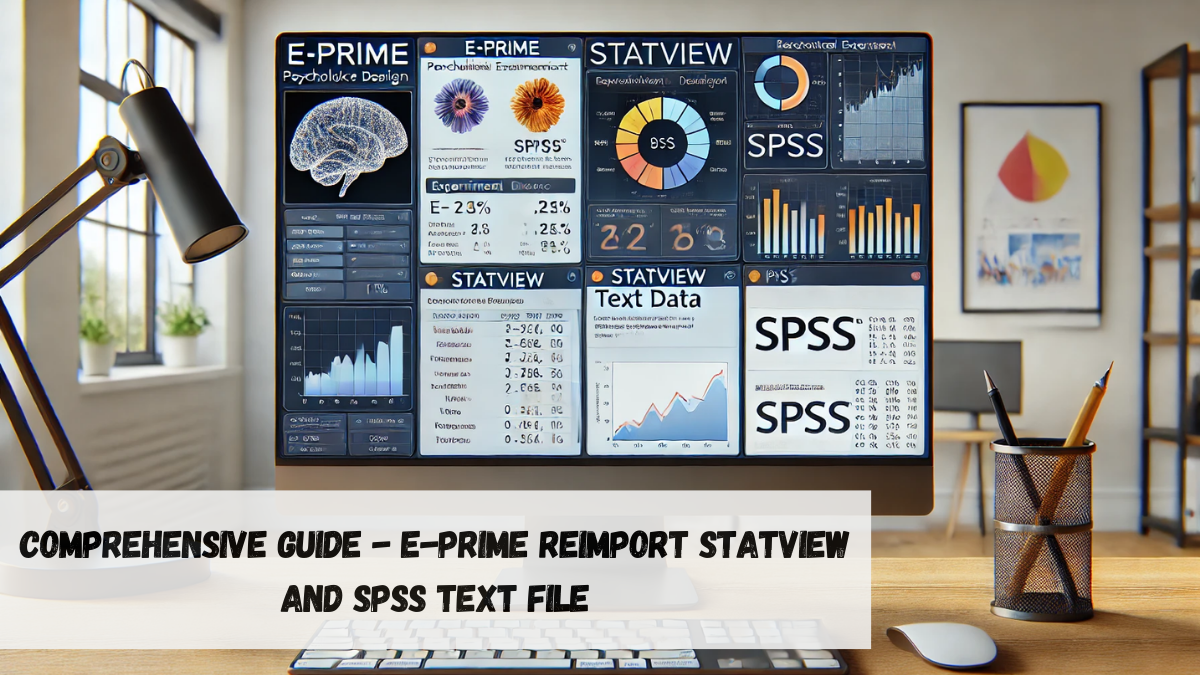Introduction
Numbers often hold more than just their face value. They can represent concepts, solve problems, and even tell stories. The numbers 10027.5 and 716.25 may seem like just another pair of digits to many, but these seemingly random numbers carry significance that extends beyond basic arithmetic. Whether you stumbled upon them while exploring mathematical puzzles or encountered them in real-world applications, the pair of 10027.5 and 716.25 is worth a deeper examination.
Explore the fascinating significance of “10027.5 716.25,” diving into its mathematical quirks, real-world applications, and why these numbers spark curiosity across various fields.
In this comprehensive article, we’ll explore the origins, mathematical curiosities, and real-world applications of 10027.5 and 716.25. Our journey will not only unravel the mystery behind these numbers but also highlight their relevance across various domains. The goal is to make this information accessible to everyone, so even if you’re not a math enthusiast, you’ll find this discussion easy to follow and engaging.
Section 1: Mathematical Curiosities of 10027.5 and 716.25
1.1 Understanding the Numbers: Basics and Background
Let’s start by breaking down these numbers. 10027.5 is a decimal number, and so is 716.25. What makes these numbers interesting is not immediately apparent, but as with many mathematical phenomena, the intrigue lies beneath the surface.
- Decimal Representation: Both numbers are represented in decimal form, which suggests their use in precise measurements or financial calculations. Decimal numbers, unlike whole numbers, give us the ability to express values that are not whole, adding a layer of precision.
- Historical Significance: The use of decimals in mathematics dates back to ancient civilizations. It’s believed that the concept of decimal fractions was used by the Chinese around 300 BC. In the modern era, decimals are fundamental to numerous fields, including engineering, economics, and data analysis.
1.2 The Arithmetic of 10027.5 and 716.25
Mathematically, the numbers 10027.5 and 716.25 can be examined through various operations to uncover patterns or relationships:
- Addition and Subtraction: When added, 10027.5 + 716.25 = 10743.75. This result doesn’t immediately present any special mathematical property, but subtraction might reveal something interesting. Subtracting 716.25 from 10027.5 gives us 9311.25—another precise decimal.
- Multiplication: Multiplying 10027.5 by 716.25 results in 7188457.8125. This number is significant in its precision, often necessary in financial calculations or scientific data where accuracy is crucial.
- Division: Dividing 10027.5 by 716.25 yields approximately 14.0078. This result is close to 14, which could suggest a relationship or ratio between the two numbers in certain contexts.
1.3 Exploring Patterns and Sequences
One interesting aspect of 10027.5 and 716.25 is their potential place in numerical patterns or sequences.
- Arithmetic Sequences: In an arithmetic sequence, each term is obtained by adding a constant to the previous term. Although 10027.5 and 716.25 don’t form a sequence themselves, they could represent terms in a broader sequence, especially in financial models or statistical data sets.
- Geometric Sequences: A geometric sequence involves multiplying each term by a constant to get the next term. Given the numbers’ decimal nature, they might be part of a geometric sequence, especially in scenarios involving compound interest calculations or exponential growth models.
1.4 Significance in Mathematical Constants
While 10027.5 and 716.25 are not mathematical constants like π or e, their significance could arise in contexts where specific constants are multiplied or divided by these numbers to achieve a desired value in formulas.
Key Takeaways:
- These numbers, while appearing ordinary, could represent components of larger mathematical models or sequences.
- The precision and decimal nature of 10027.5 and 716.25 make them valuable in contexts requiring accuracy, such as scientific calculations or financial analysis.
Section 2: Real-World Applications of 10027.5 and 716.25
2.1 Engineering and Construction
In engineering and construction, precision is paramount. 10027.5 and 716.25 could easily be dimensions, weights, or forces that engineers must work with.
- Dimensional Analysis: For instance, 10027.5 millimeters could represent the length of a component, while 716.25 kilograms could be its weight. In this context, both numbers need to be precise to ensure the safety and functionality of the final product.
- Material Quantities: Construction projects often deal with large quantities of materials where decimals are essential for accurate measurement. Whether it’s the amount of concrete required for a structure or the weight of steel beams, decimals like 10027.5 and 716.25 ensure that materials are used efficiently without wastage.
2.2 Financial Calculations
Decimals are the backbone of financial calculations. The numbers 10027.5 and 716.25 could easily find their place in finance, where every cent matters.
- Interest Rates and Returns: When calculating interest on savings or investments, precise figures like 10027.5 (perhaps representing dollars) and 716.25 (possibly interest earned) are crucial. The difference of a decimal place can mean significant changes in total returns over time.
- Stock Market Transactions: In the stock market, decimals are used to determine the value of shares. For example, 10027.5 could represent the value of a portfolio, and 716.25 might be the gain or loss after a certain period.
2.3 Data Analysis and Statistics
In data analysis, 10027.5 and 716.25 could represent key data points that contribute to broader trends or insights.
- Average Values: In a data set, 10027.5 could be the mean of a series of numbers, while 716.25 might represent a median value. These figures help statisticians understand the central tendency and distribution of the data.
- Regression Models: In regression analysis, these numbers might serve as coefficients that help predict outcomes. For example, 10027.5 could be a coefficient that multiplies a predictor variable, and 716.25 could represent the constant term in the regression equation.
2.4 Technology and Computing
In technology, particularly computing, precise numbers are vital for accurate programming and algorithm development.
- Memory Allocation: In computing, 10027.5 megabytes could represent the amount of memory allocated to a process, while 716.25 could be the memory used at a given time. Managing these values precisely ensures efficient performance and avoids system crashes.
- Algorithm Efficiency: When optimizing algorithms, especially those related to machine learning or data processing, decimal numbers like 10027.5 and 716.25 might be used to tweak parameters, ensuring the algorithm performs at its best.
Key Takeaways:
- 10027.5 and 716.25 are more than just numbers; they have real-world implications, especially in fields where precision is crucial.
- From finance to engineering, these numbers play a role in ensuring accuracy and efficiency in various applications.
Section 3: Historical and Cultural Context
3.1 The Evolution of Decimal Numbers
Understanding the significance of 10027.5 and 716.25 requires a brief look into the history of decimal numbers.
- Early Use of Decimals: The concept of decimals dates back thousands of years, with evidence suggesting that ancient civilizations used fractional numbers for trade, astronomy, and engineering. Decimals allowed for greater precision than whole numbers, which was essential for advancements in these fields.
- Modern Day Importance: Today, decimals are integral to everyday life. From measuring ingredients in a recipe to calculating taxes, decimals like 10027.5 and 716.25 are everywhere.
3.2 The Role of Precision in Cultural Practices
Different cultures have placed varying degrees of importance on precision. For example, in ancient Egypt, precise measurements were crucial for constructing the pyramids, while in modern Japan, precision is a hallmark of craftsmanship, from electronics to sushi preparation.
- 10027.5 in Historical Context: The use of such precise numbers might have been less common in ancient times, but in today’s world, they are critical for ensuring the accuracy of various processes.
- 716.25 and Modern Practices: In modern times, such precise numbers are commonplace, especially in industries where precision equates to quality.
Key Takeaways:
- Decimals have a rich history, and their importance has only grown over time.
- The precision of numbers like 10027.5 and 716.25 reflects the evolution of mathematical and cultural practices.
Conclusion
The numbers “10027.5” and “716.25” may seem ordinary, but their exploration reveals a wealth of mathematical and practical insights. From their decimal and fractional properties to their applications in engineering, finance, and data analysis, these numbers demonstrate the fascinating ways in which seemingly simple values can hold profound significance. Their ability to spark curiosity across various fields underscores the inherent wonder in numbers and their role in understanding the world around us.




